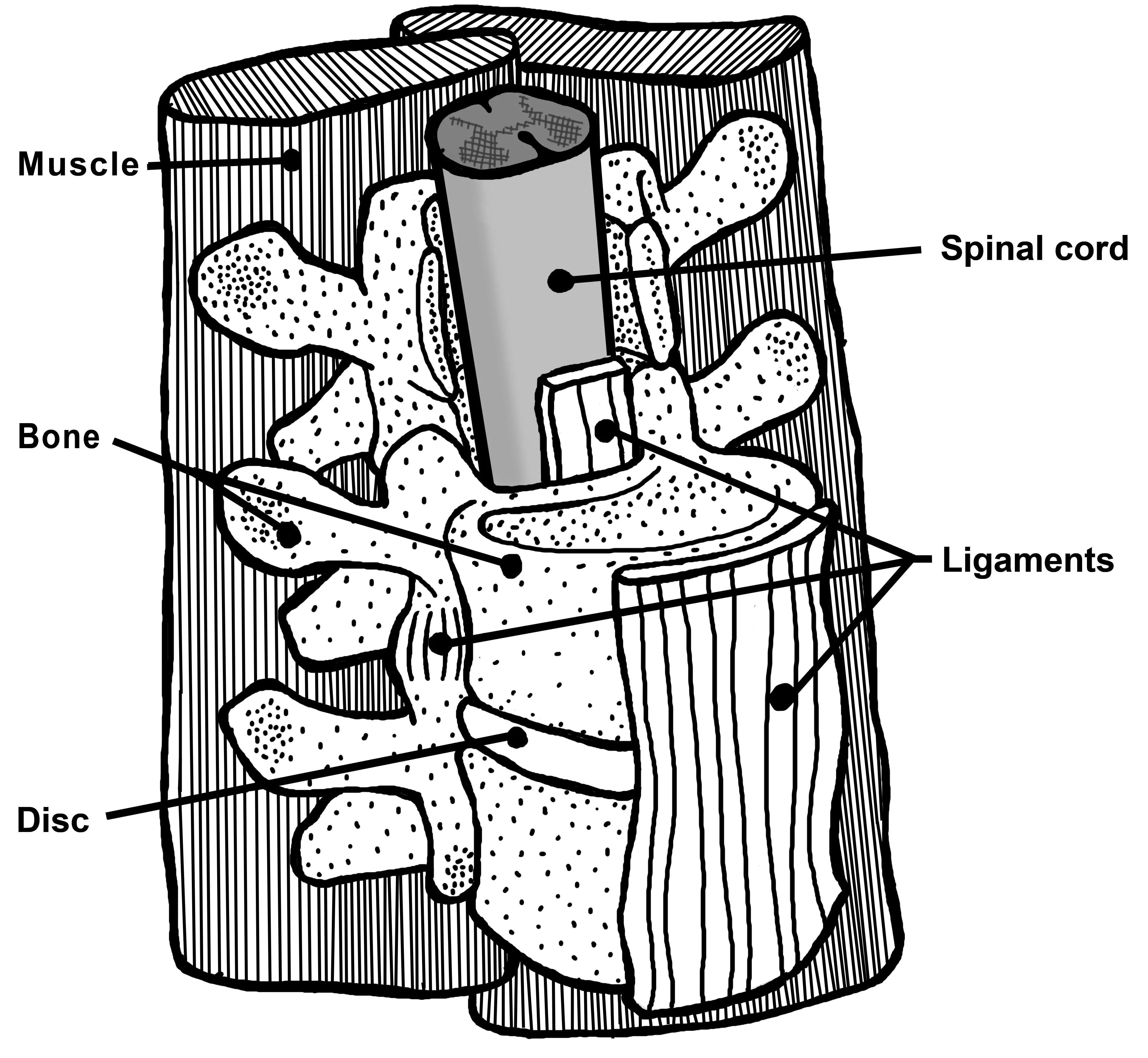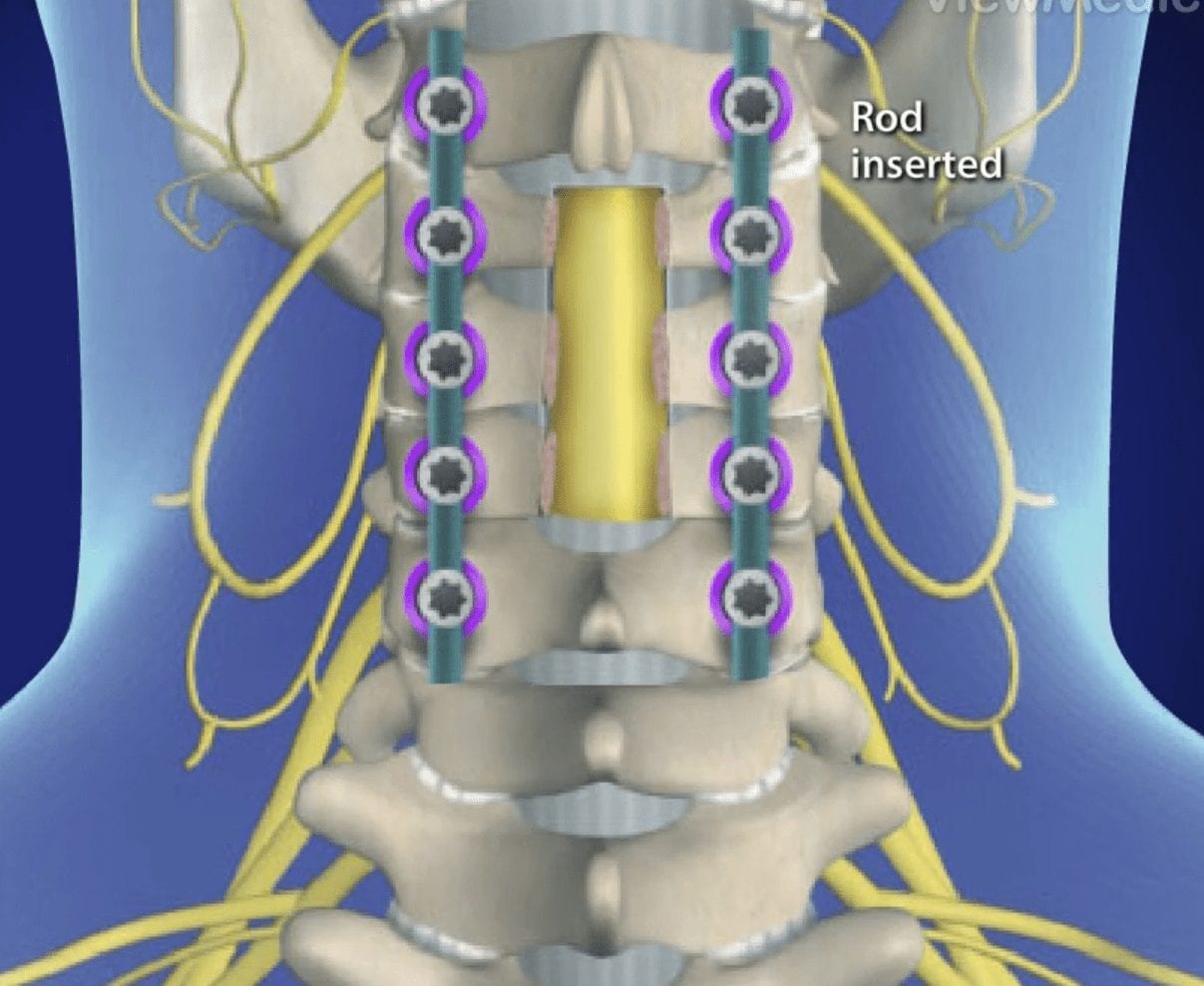How is spinal cord protected after laminectomy? Delving into this question unveils the intricate mechanisms that safeguard this vital structure during a surgical procedure. Laminectomy, a delicate surgery that involves removing a portion of the vertebral bone, necessitates meticulous protection of the spinal cord.
Join us as we explore the anatomical safeguards, surgical considerations, and post-operative care that ensure the spinal cord’s well-being.
The vertebral column, a sturdy pillar of bone, forms the primary defense for the spinal cord. It encases and protects the delicate nerve tissue from external forces. Within this bony shield, the spinal cord is further enveloped by three layers of meninges, tough membranes that provide additional cushioning and support.
Anatomical Protection
The spinal cord is a vital structure responsible for transmitting nerve impulses between the brain and the rest of the body. It is housed within the vertebral column, a series of bones that form a protective channel around the spinal cord.
Laminectomy is a surgical procedure that involves removing the lamina of the vertebrae to relieve pressure on the spinal cord. After laminectomy, the spinal cord is protected by the dura mater, which is a tough, fibrous membrane that surrounds the spinal cord and nerve roots.
The dura mater helps to keep the spinal cord in place and protect it from injury. If you’re having trouble with your Yahoo Mail account, you can learn how to uninstall and reinstall Yahoo Mail by clicking on the link.
The dura mater also helps to prevent infection and bleeding in the spinal canal.
Vertebral Column
- The vertebral column, also known as the spine, consists of 33 vertebrae, which are stacked one upon another to form a flexible yet strong protective structure.
- Each vertebra has a hollow center called the vertebral canal, through which the spinal cord passes.
- The vertebrae are connected by ligaments and muscles, providing additional stability and support to the spinal column.
Meninges
The spinal cord is surrounded by three layers of protective membranes called the meninges:
- Dura mater:The outermost layer, tough and fibrous, providing the primary structural support.
- Arachnoid mater:A delicate, web-like layer that lines the dura mater, separating it from the pia mater.
- Pia mater:The innermost layer, thin and highly vascularized, closely adhering to the surface of the spinal cord, providing nourishment and protection.
Cerebrospinal Fluid
The spinal cord and brain are bathed in a clear, colorless fluid called cerebrospinal fluid (CSF).
- CSF is produced by the choroid plexus in the ventricles of the brain and circulates throughout the central nervous system.
- It provides buoyancy, cushioning the spinal cord against mechanical shocks and injuries.
- CSF also contains nutrients and hormones essential for the proper functioning of the nervous system.
Surgical Considerations
Laminectomy is a surgical procedure that involves the removal of the lamina, a part of the vertebra. It is commonly performed to relieve pressure on the spinal cord or nerve roots caused by conditions such as herniated discs, spinal stenosis, or tumors.
During laminectomy, the surgeon makes an incision in the back and removes the lamina to expose the spinal cord. To protect the spinal cord during the surgery, several techniques are employed:
Surgical Microscope
A surgical microscope is used to provide a magnified and detailed view of the surgical site, allowing the surgeon to perform the procedure with greater precision and minimize the risk of damage to the spinal cord.
Retractors
Retractors are used to gently hold back the muscles and tissues surrounding the spinal cord, providing access to the surgical site while protecting the delicate structures.
Nerve Monitoring
Nerve monitoring involves the use of specialized equipment to monitor the function of the spinal cord and nerve roots during the surgery. This helps the surgeon to identify and avoid any potential damage to these structures.
Electrocautery
Electrocautery is a technique that uses electrical current to cauterize blood vessels and minimize bleeding during the surgery, reducing the risk of blood clots forming around the spinal cord.
Post-Operative Care

Following a laminectomy, meticulous monitoring of the patient’s neurological status is paramount to ensure the well-being of the spinal cord. Proper positioning and movement are crucial to minimize stress on the spinal cord and prevent potential complications.
Monitoring Spinal Cord Function
Close monitoring of the patient’s motor and sensory function is essential to detect any signs of spinal cord compromise. This includes regular assessments of muscle strength, sensation, and reflexes in the affected extremities.
Proper Positioning and Movement
Maintaining proper positioning and movement is crucial to prevent excessive stress on the spinal cord. The patient should be positioned in a way that minimizes pressure on the surgical site. This may involve using pillows or other support devices to maintain a neutral spine and avoid excessive bending or twisting.
Risks and Complications, How is spinal cord protected after laminectomy
Laminectomy carries potential risks and complications, including:
- Infection:The surgical site can become infected, leading to pain, swelling, and fever.
- Bleeding:Excessive bleeding during or after surgery can occur.
- Nerve damage:The nerves surrounding the spinal cord can be damaged during surgery, leading to numbness, weakness, or pain.
- Spinal cord injury:In rare cases, the spinal cord can be injured during surgery, leading to permanent neurological deficits.
These risks are carefully managed by the surgical team through meticulous surgical technique, infection control measures, and close monitoring of the patient’s neurological status.
Last Word: How Is Spinal Cord Protected After Laminectomy

Post-operative care plays a pivotal role in safeguarding the spinal cord after laminectomy. Regular monitoring, proper positioning, and restricted movement minimize stress on the surgical site, promoting optimal healing. While laminectomy carries potential risks, meticulous surgical techniques and vigilant post-operative management effectively mitigate these concerns, ensuring the spinal cord’s continued protection and function.
FAQ Explained
What is the purpose of laminectomy?
Laminectomy aims to relieve pressure on the spinal cord or nerve roots caused by herniated discs, bone spurs, or other abnormalities.
How is the spinal cord protected during laminectomy?
During laminectomy, the spinal cord is exposed, but meticulous techniques are employed to safeguard it, including the use of specialized retractors and delicate handling.
What are the potential risks associated with laminectomy?
Laminectomy carries risks such as infection, bleeding, and damage to the spinal cord or nerve roots, although these risks are minimized by skilled surgical techniques.